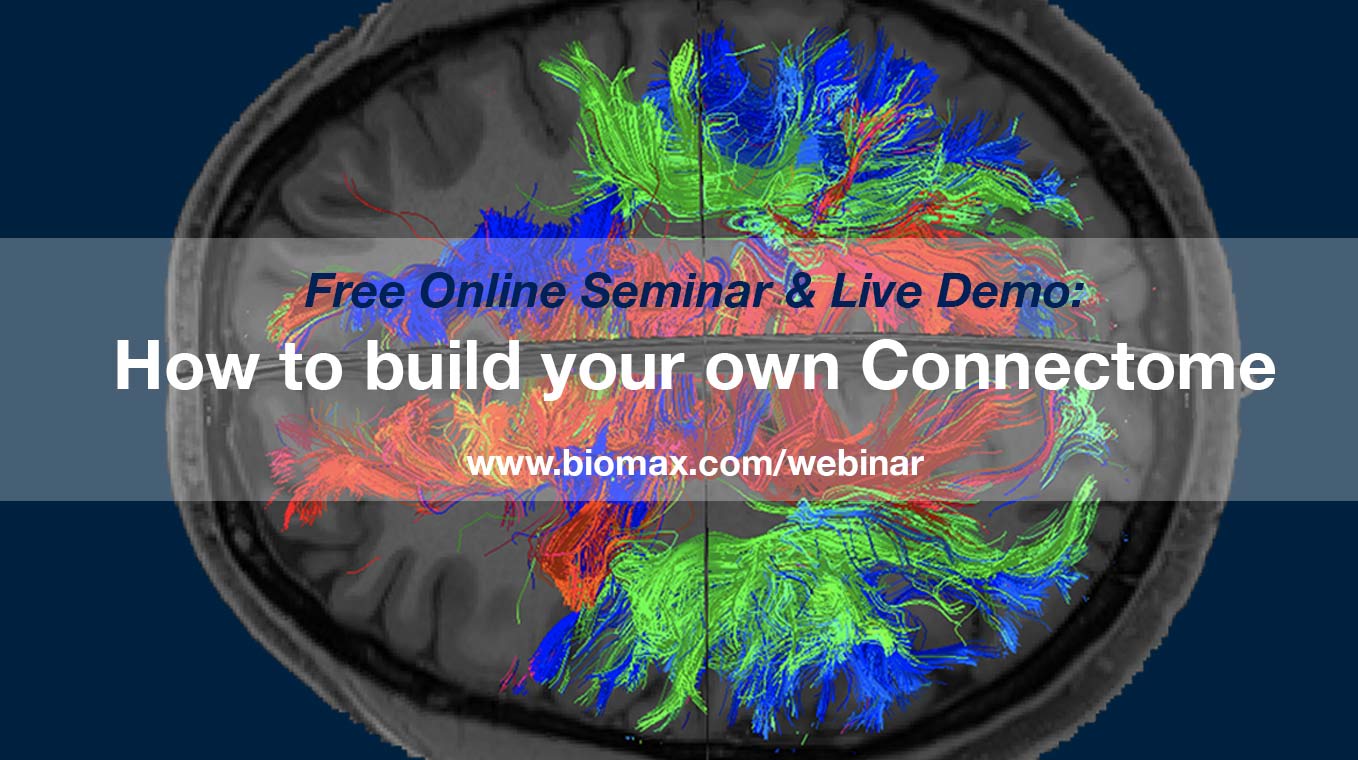NICARA™ for Scientists
Build your own Connectome
Date: November 10, 2020, Time: (CET)

Final notes:
- Brain damage such as tumors, traumatic brain injury or stroke alter the characteristics of the broader connectome—the map of all neural connections in the brain. A hot topic in ongoing research using the connectome approach is how brain rewiring can compensate for lesion-induced cognitive deficits before and after intervention. The site of a lesion within the connectome is critical. Damage of a node that acts e.g. as an integrator hub of several subnetworks is significantly more detrimental to cognitive functions than a damaged node with low connectivity or existing by-passes. Understanding brain rewiring in response to lesions is the major focus of clinical as well as computational neuroscience projects (such as The Virtual Brain) to pave the way for personalized medicine in neurology and related fields. In this online seminar we will focus on brain tumors and explore their effects on the connectome using NICARA™. A particular image processing pipeline in NICARA, employing the best available open-source tools for image preprocessing and probabilistic fiber tracking, enabled us to automatically extract full brain tractography based structural connectome data from DTI raw images. Besides the pipeline, we will discuss quality control mechanisms especially designed for the assessment of large cohorts. As an example, data set we used the Brain Tumor Connectomics Data (Aerts H et al. Modeling Brain Dynamics in Brain Tumor Patients Using the Virtual Brain. eNeuro. 2018 Jun 4;5(3): ENEURO.0083-18.2018.) and assessed alterations in major white matter fiber tracts before and after surgery. For quantification, provided not only the abstract presentation of digitalized connectome networks in MNI space by a 3D lattice graphs but also offered fiber density maps directly in the patient’s native T1w for a precise judgement of fiber pathway density distribution in the vicinity of, and remote to, a tumor.
Our clinical neuroimaging specialist Dr. Yong Li showed how he uses NICARA to explore, manage and compare extracted connectome networks for group comparisons, individual patient-matched controls comparisons and longitudinal assessments. NICARA is a novel neuroimaging tool created by clinical neuroimaging scientists for clinical and translational neuroscience users. A technical introduction by product manager Dr. Markus Butz-Ostendorf at the end of the seminar on how NICARA stores and retrieves connectome information using of knowledge models complemented the scientific presentation.
